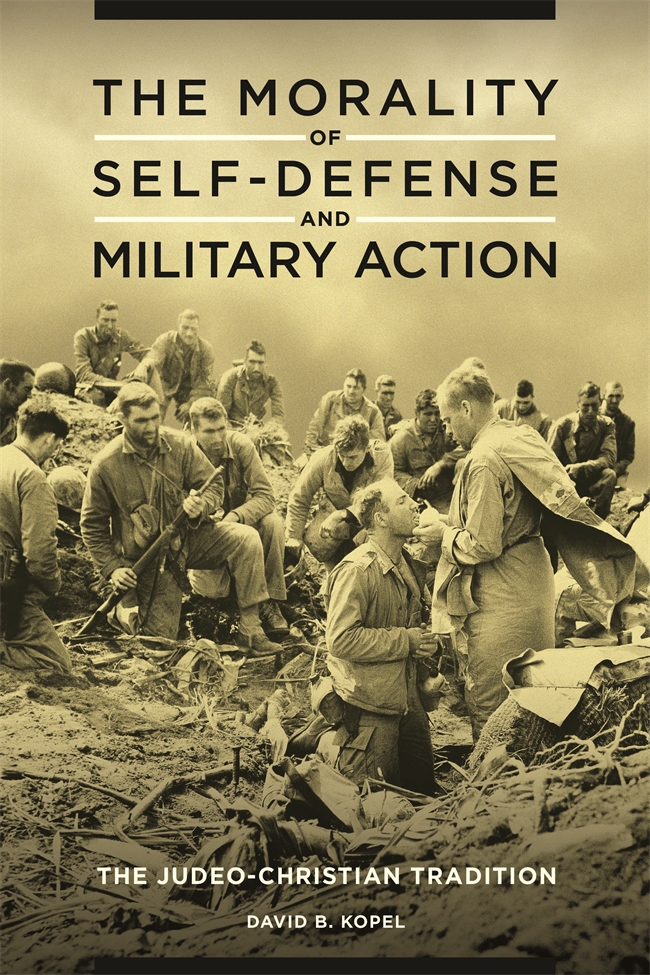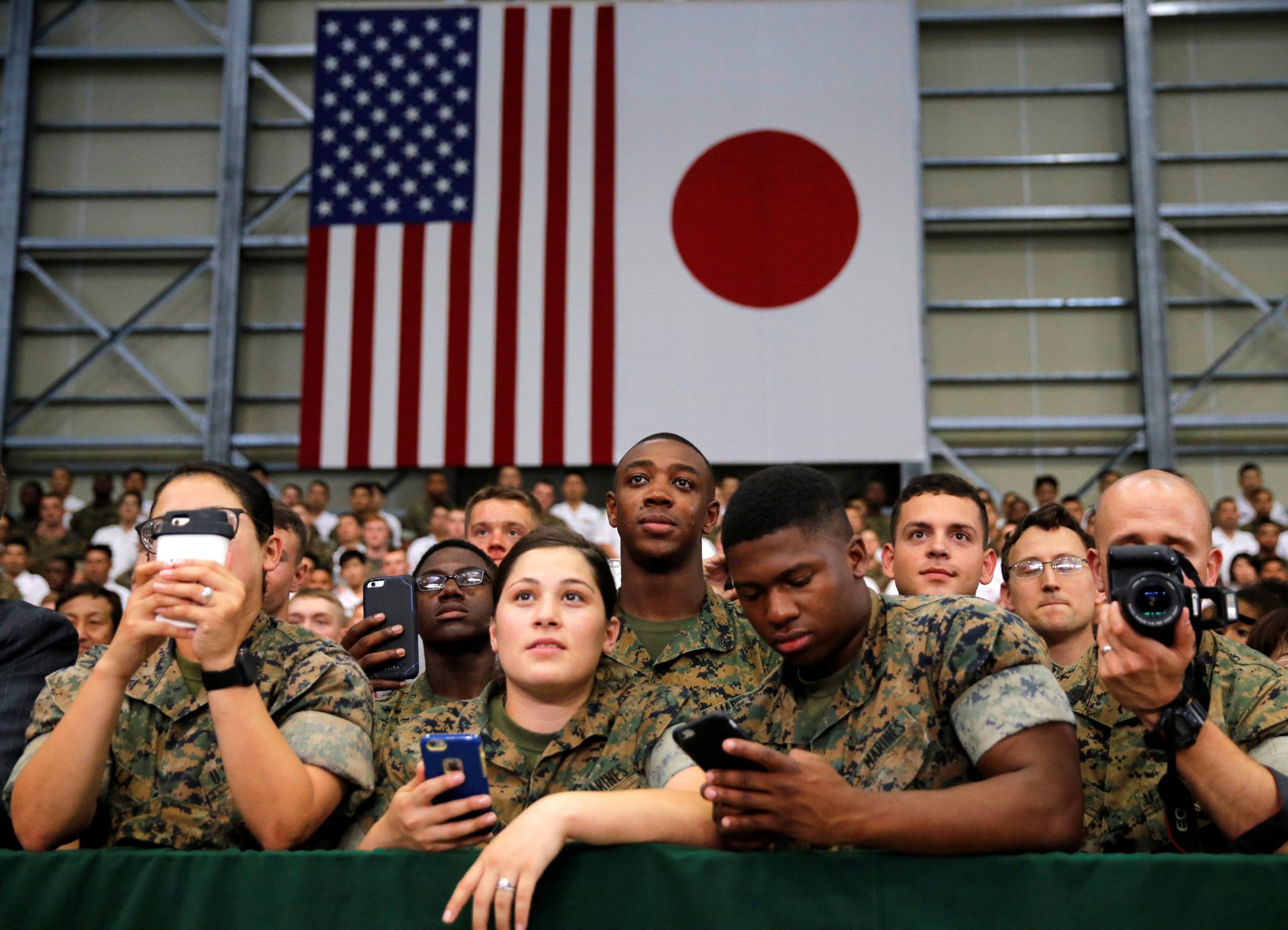
Project Safe Neighborhoods, a law enforcement program across the country, is funded by federal funds. It aims to reduce violence. This program is based on neighborhood-based and urban design strategies to ensure safety. The program also includes homebuilders who are responsible for making communities safer. This article will focus on the new law as well as its effects on neighborhood safety.
Project Safe Neighborhoods, a national initiative, is available.
Project Safe Neighborhoods (a national initiative) focuses on reducing violence and creating safer neighborhoods. It employs data-driven, evidence-based strategies to tackle the problem. It is also designed to strengthen relationships between law enforcement agencies in communities. Project Safe Neighborhoods was associated in 2013 with a 13.1% drop of violent crime, according to a Department of Justice funded study. The program also saw double-digit decreases in homicides as well as total firearms crimes in every participating city. In 2018, the U.S. Senate unanimously passed Project Safe Neighborhoods legislation that is aimed at creating safer neighborhoods across the country.
The Project Safe Neighborhoods initiative brings together prosecutors, law enforcement officials, and community-based partners to develop comprehensive solutions to violent crime problems in communities. The U.S. Attorney's Offices of 94 federal judicial Districts coordinate the program and account for local issues in a neighbourhood's crime rate and violent crime statistics. It also incorporates data analysis and research into decision-making processes to help communities develop and implement a plan for a safer neighborhood.

Its goal is to reduce violent crime
The federal government is investing in creating safer neighborhoods. This initiative aims at reducing violent crime by increasing law enforcement staff and providing funding to support police departments' better response to crimes. The funding will also help police departments hire critical staff, provide overtime compensation, and purchase life-saving equipment for officers on the streets. Federal funds can also be used for law enforcement data analysis, including data from bodycams or CCTV cameras.
This program employs a systematic and evidence-based approach to violence prevention. The PSN also incorporates lessons learned from other violent crime reduction initiatives to determine the most effective strategies.
It uses urban design for neighborhood safety
Urban design is a powerful tool to address neighborhood safety. It works by altering the physical, social, and economic environment. This approach is also grounded in community building. It aims to reduce social motives for criminality by improving social well-being and cooperation.
While the process of changing the built environment can be lengthy and expensive, it is the first step in tackling crime issues. It is possible to avoid future problems by making sure that the design process is done well. Urban design should also take into consideration accessibility, sustainability, and ongoing engagement, activation, and management.

It is homebuilders.
The role of a homebuilder in ensuring safety can be crucial. This could be through direct responses to reports of suspicious activity, or through coordination of neighborhood watch programs. Safe neighborhoods encourage a sense of community among residents, which makes it more likely that residents will warn one another about suspicious activity. These programs give residents opportunities to interact with other members and strengthen the community’s social fabric.
It promotes the creation of community-based safety systems
The Mayor's Action Plan for Neighbor Safety promotes safety in the community by giving residents resources and an opportunity to speak up. In a recent survey, respondents ranked schools and jobs as the most important safety factors in their neighborhood. In addition, residents cited neighborhood layout, employment opportunities, and crime rates as factors that could help keep them safe.
The blueprint is based on evidence and prioritizes upstream interventions that strengthen community safety. Faced with limited federal funds, it's crucial to develop long-term funding sources that are flexible, sustainable, and flexible to support community safety efforts. The blueprint includes successful examples of policy interventions that can help make neighborhoods safer and build trust in local governments.
FAQ
What should I look out for in a self defense class?
Look at the instructor's reputation and experience when selecting a self-defense class. Ask about their credentials.
Ask about discounts and free trials. Many instructors offer special deals for students who are new.
Ask about online classes.
Ask the instructor if they offer any emergency medical treatment after a class. This is especially important in the event that you are hurt during a class.
You should look for classes that offer a wide range of exercises. This means that you will get plenty of time to try each technique before moving on to the next one.
Which is the best weapon for self-defense and defense?
A knife is the best tool for self defense. Even though you may not feel the need for a knife, it will come in handy if someone attempts to attack you.
It doesn't mean you have to buy a $100 folding blade just to keep yourself safe. You can get the job done with a simple knife and a pocketknife. To be prepared for any eventuality, you can always buy a few additional tools.
What are some self-defense techniques?
Self-defense methods include punches. They can also include grappling such judo jujitsu karate and taekwondo.
You can use self-defense techniques to protect yourself against attackers who want to hurt you.
They can also be used by someone defending themselves from another person who is attacking them.
However, there are many ways to perform self-defense techniques. So choose the one that suits you best.
Statistics
- Saying this, Self defense 101 would be the importance of situational awareness, which can never be replaced by the finest of martial arts, because it is this that would help you to avoid any likely attacks in the first place. (worldofselfdefense.com)
- Boxers aren't allowed to fight in a clinch, which is a position that occurs in 80% of the streetfights. (mmaclan.com)
- Most likely, the person will want some kind of boxing match, so if you can out-box them, this would be 100% ideal for survival. (budodragon.com)
- The Rape, Abuse & Incest National Network reports that 70 percent of sexual violence cases aren't committed by random strangers in a dark alley but by people we know: friends, family, partners, co-workers, etc. (healthline.com)
External Links
How To
How to use Kubotans for self-defense
Kubotan is a small stick used to fight by Okinawan Martial Arts Masters. These small sticks were made originally from bamboo, but they have since been replaced with metal and plastic.
They can be found between 5cm and 2.5cm in height.
The Kubotan can be used to strike at the eyes, nose, or mouth of an opponent. It can also strike other body parts such elbows, knees, and wrists.
Kubotan are popular with women due to their lightweight and ease of use.
To use a Kubotan effectively, you must know where to place the stick to strike the correct spot.
Before you can hit the right spots, practice with the Kubotan.
You will learn how to use your Kubotan in self defense.
-
Stand facing the attacker.
-
Hold the Kubotan firmly between your thumb and index finger.
-
The Kubotan is held above your head by the arm.
-
Swing the Kubotan toward the attacker's forehead.
-
Attack the attacker with a fist.
-
You should be able to see the impact of the Kubotan as it strikes the target.
-
Continue swinging the Kubotan until you hear a "thwack" sound.
-
Step back and lower the Kubotan.
-
Repeat Steps 1-7 if you wish to keep fighting.